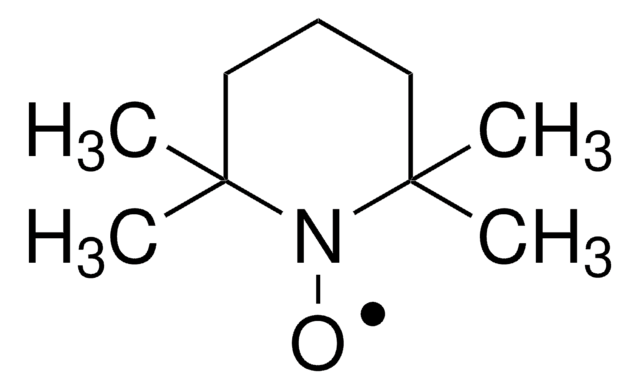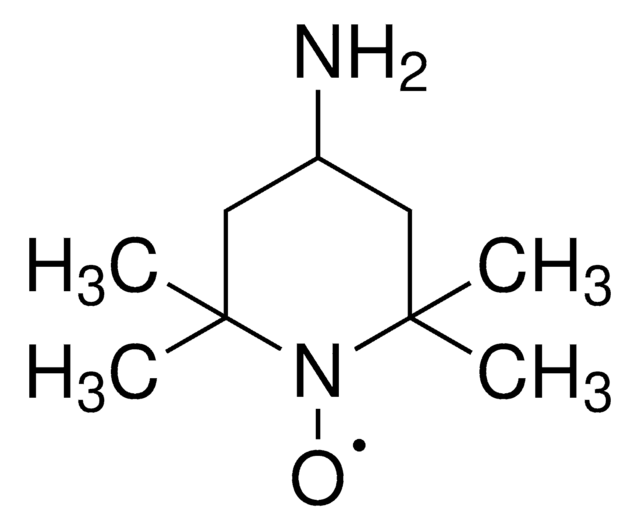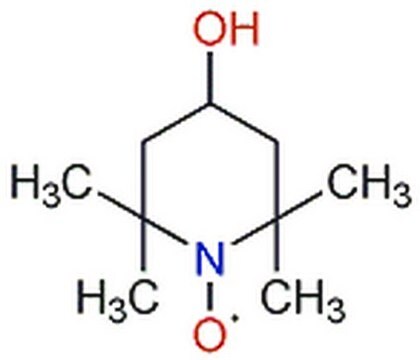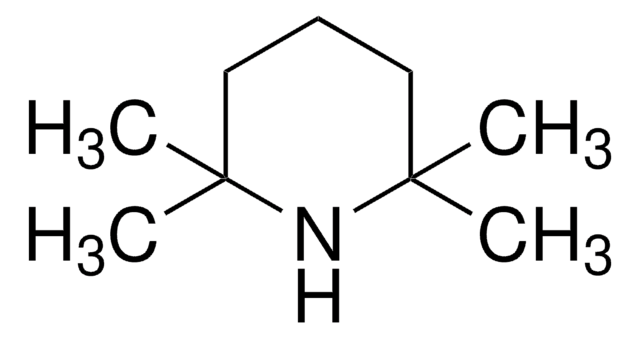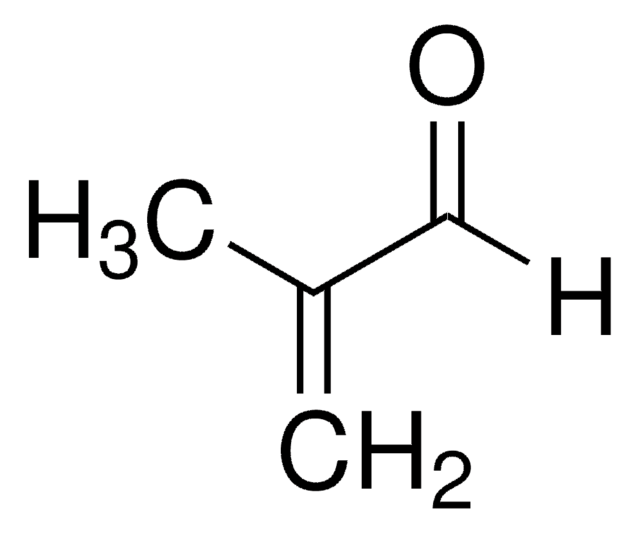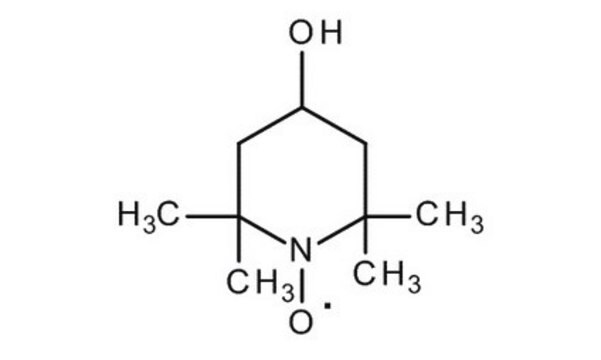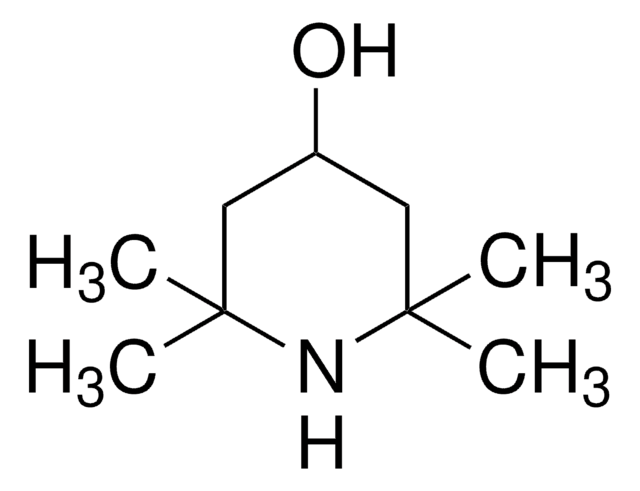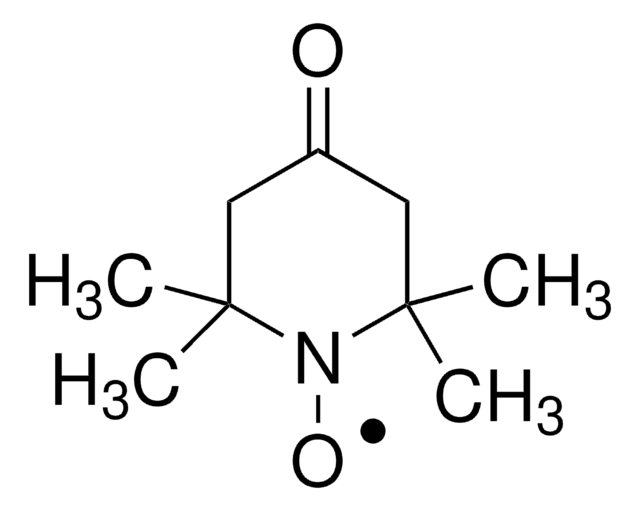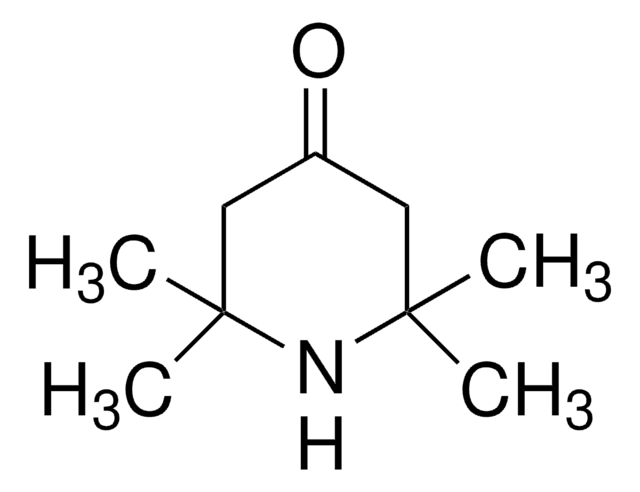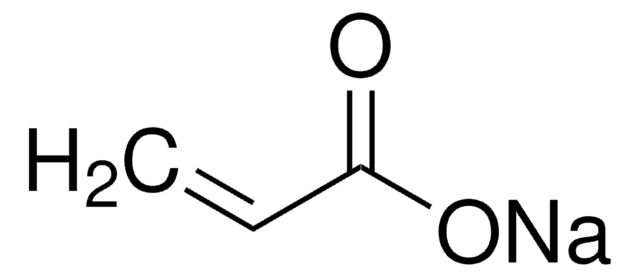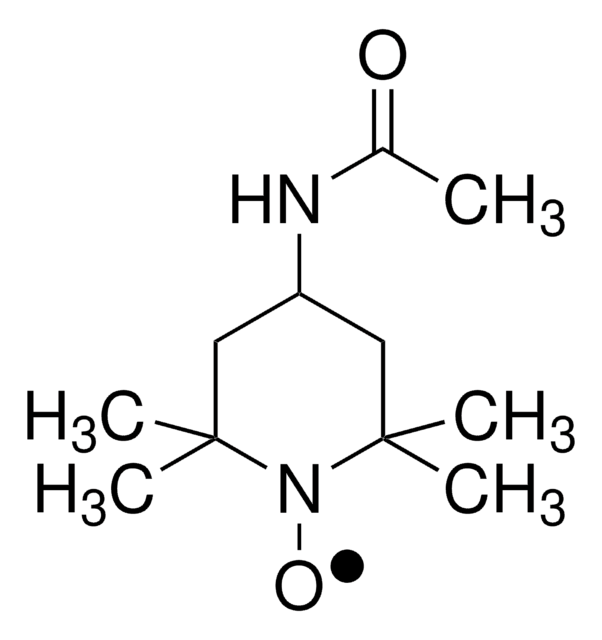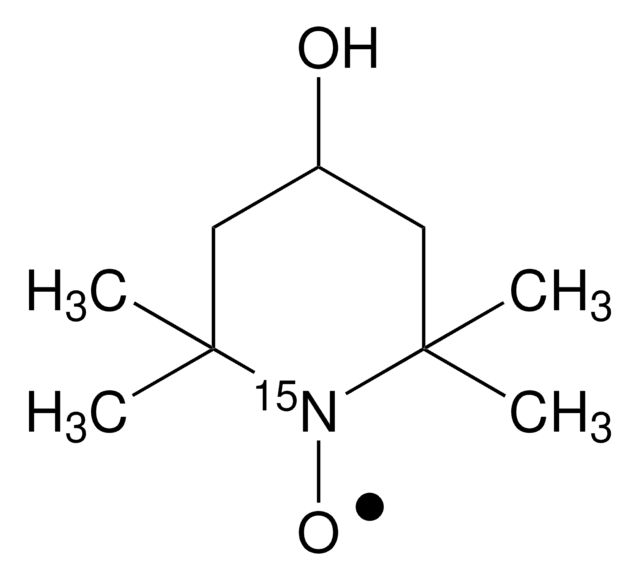Wichtige Dokumente
176141
4-Hydroxy-TEMPO
95%
Synonym(e):
4-Hydroxy-2,2,6,6-tetramethyl-piperidin-1-oxyl, TEMPOL
About This Item
Empfohlene Produkte
Qualitätsniveau
Assay
95%
Form
solid
Zusammensetzung
Carbon content, 60.6-65.0%
Nitrogen content, 7.8-8.4%
mp (Schmelzpunkt)
69-71 °C (lit.)
Funktionelle Gruppe
hydroxyl
Lagertemp.
2-8°C
SMILES String
CC1(C)CC(O)CC(C)(C)N1[O]
InChI
1S/C9H18NO2/c1-8(2)5-7(11)6-9(3,4)10(8)12/h7,11H,5-6H2,1-4H3
InChIKey
UZFMOKQJFYMBGY-UHFFFAOYSA-N
Suchen Sie nach ähnlichen Produkten? Aufrufen Leitfaden zum Produktvergleich
Allgemeine Beschreibung
Anwendung
Signalwort
Danger
H-Sätze
Gefahreneinstufungen
Acute Tox. 4 Oral - Eye Dam. 1 - STOT RE 2 Oral
Zielorgane
Liver,spleen
Lagerklassenschlüssel
11 - Combustible Solids
WGK
WGK 1
Flammpunkt (°F)
294.8 °F - DIN 51758
Flammpunkt (°C)
146 °C - DIN 51758
Persönliche Schutzausrüstung
dust mask type N95 (US), Eyeshields, Gloves
Hier finden Sie alle aktuellen Versionen:
Analysenzertifikate (COA)
Die passende Version wird nicht angezeigt?
Wenn Sie eine bestimmte Version benötigen, können Sie anhand der Lot- oder Chargennummer nach einem spezifischen Zertifikat suchen.
Besitzen Sie dieses Produkt bereits?
In der Dokumentenbibliothek finden Sie die Dokumentation zu den Produkten, die Sie kürzlich erworben haben.
Kunden haben sich ebenfalls angesehen
Artikel
TEMPO (2,2,6,6-Tetramethylpiperidinyloxy or 2,2,6,6-Tetramethylpiperidine 1-oxyl) and its derivatives are stable nitroxy radicals used as catalysts in organic oxidation reactions. TEMPO was discovered by Lebedev and Kazarnovskii in 1960. The stable free radical nature of TEMPO is due to the presence of bulky substituent groups, which hinder the reaction of the free radical with other molecules.
Global Trade Item Number
| SKU | GTIN |
|---|---|
| 176141-1G | 4061835554423 |
| 176141-25G | 4061835521180 |
| 176141-5G | 4061838752758 |
| 176141-5KG |
Unser Team von Wissenschaftlern verfügt über Erfahrung in allen Forschungsbereichen einschließlich Life Science, Materialwissenschaften, chemischer Synthese, Chromatographie, Analytik und vielen mehr..
Setzen Sie sich mit dem technischen Dienst in Verbindung.